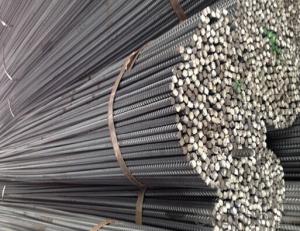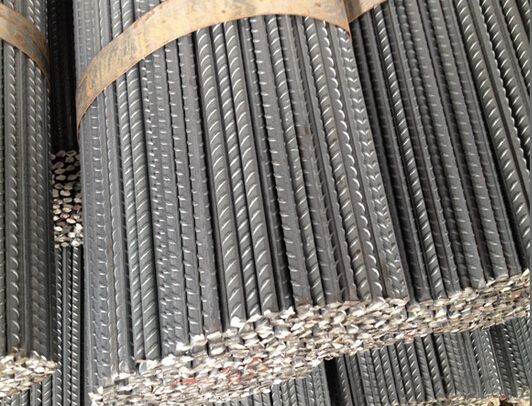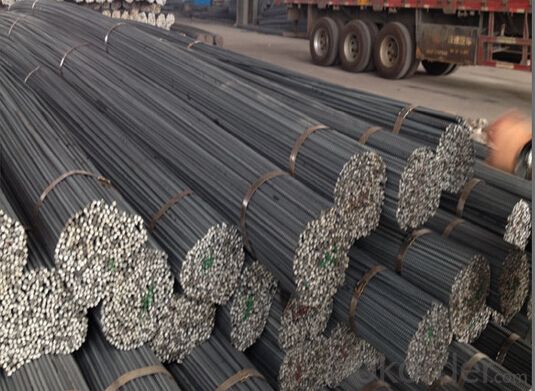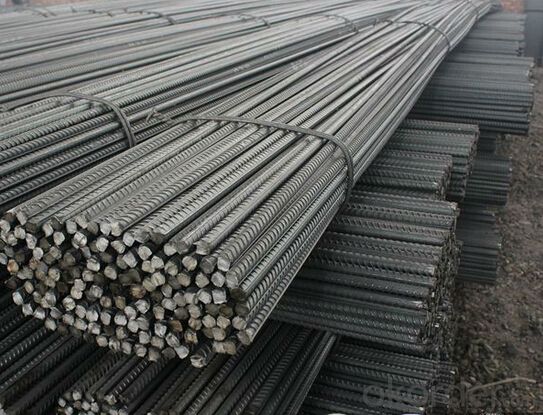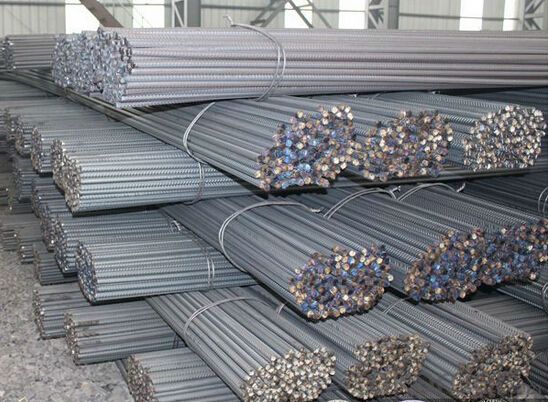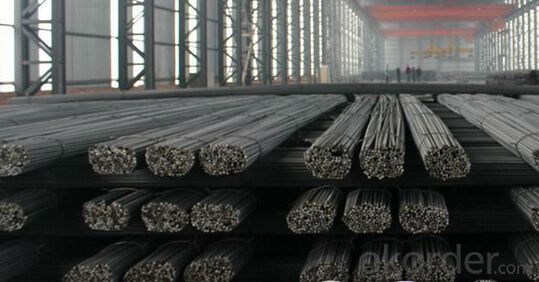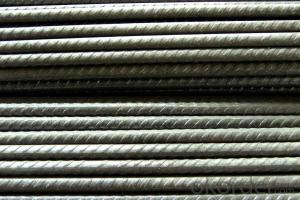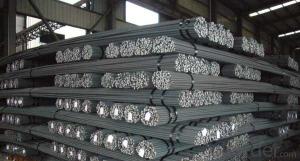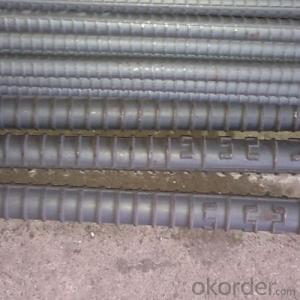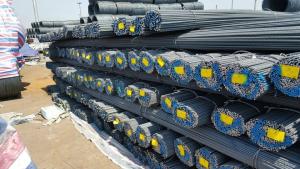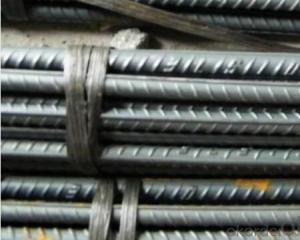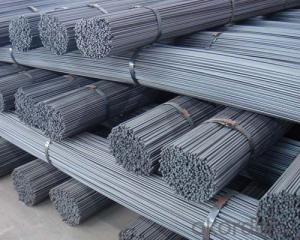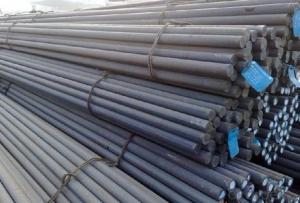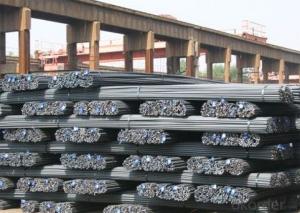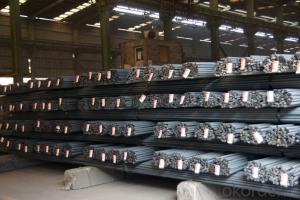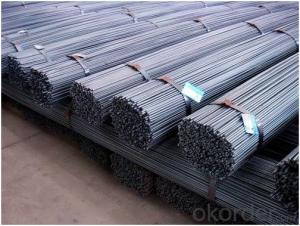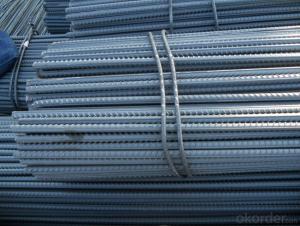High Intensity Seismic Resistent Deformed Steel Rebars HRB500E
- Loading Port:
- Tianjin
- Payment Terms:
- TT OR LC
- Min Order Qty:
- 100 m.t.
- Supply Capability:
- 10000 m.t./month
OKorder Service Pledge
Quality Product, Order Online Tracking, Timely Delivery
OKorder Financial Service
Credit Rating, Credit Services, Credit Purchasing
You Might Also Like
Specification
Standard:
AISI,ASTM,JIS,GB,BS,DIN,API,EN
Technique:
Hot Rolled,Cold Rolled,Cold Drawn,ERW,Forged,Saw,Extruded,EFW,Spring
Shape:
U Channel,Square,C Channel,Hexagonal,Round,Rectangular,Oval,LTZ
Surface Treatment:
Galvanized,Coated,Copper Coated,Color Coated,Oiled,Dry,Chromed Passivation,Polished,Bright,Black,PVDF Coated
Steel Grade:
Q195,Q215,Q235,Q215B,Q235B,RHB335,HRB400,200 Series,300 Series,400 Series,600 Series,SS400-SS490,10#,20#,A53(A,B)
Certification:
ISO,SGS,BV,IBR,RoHS,CE,API,BSI,UL
Thickness:
6-34mm
Width:
6-34mm
Length:
12m
Outer Diameter:
6-34mm
Net Weight:
10kg
Packaging:
seaworthy packaging
High Intensity Seismic Resistent Deformed Steel Rebars HRB500E
Details of the High Intensity Seismic Resistent Deformed Steel Rebars HRB500E
| Standard & Grade: | GB1499-98 : HRB335,HRB400,HRB500 |
| BS4449-1997 : GR460,GR500 | |
| CAN/CSA-G30.18-M92 : 400W | |
| ASTM A615 : Gr.40, Gr.60 | |
| Diameter: | 6mm;8mm;10mm;12mm;14mm;16mm;18mm;20mm;22mm;25mm;28mm;30mm;32mm;35mm;40mm |
| Length: | 6m,9m,12m |
| Packing: | Bundle packing |
| Origin: | China |
| Application: | Construction,Road,Machinery processing,Welding fields. |
| Delivery time: | 10-25 days |
| Shipment: | By bulk vessel or Container |
| Documents: | Mill Test Certificate,Commercial Invoice,Packing List,Certificate of Origin |
Company Introduction of the High Intensity Seismic Resistent Deformed Steel Rebars HRB500E
CNBM International Corporation is the most import and export platform of CNBM group(China National Building Material Group Corporation) ,which is a state-owned enterprise, ranked in 270th of Fortune Global 500 in 2015.
With its advantages, CNBM International are mainly concentrate on Cement, Glass, Iron and Steel, Ceramics industries and devotes herself for supplying high quality series of refractories as well as technical consultancies and logistics solution.
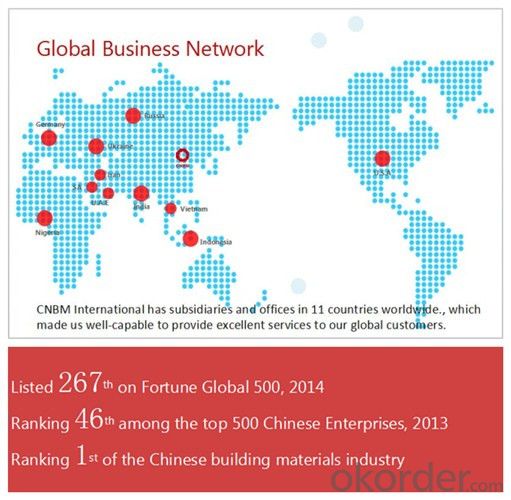
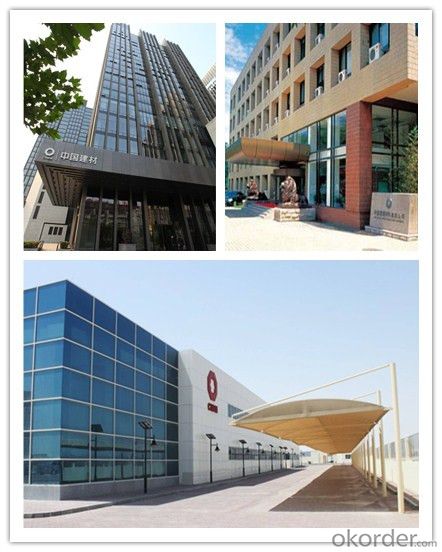
Packaging & Delivery of the High Intensity Seismic Resistent Deformed Steel Rebars HRB500E
| Packaging Detail | Sea worthy packing /as per customer's packing instruction |
| Delivery Detail | 15 ~ 40 days after receiving the deposit |
FAQ
| Are you a trading company or manufacturer? | Manufacturer |
| What’s the MOQ? | 1000m2 |
| What’s your delivery time? | 15-20 days after downpayment received |
| Do you Accept OEM service? | Yes |
| what’s your delivery terms? | FOB/CFR/CIF |
| What's the Payment Terms? | 30% as deposit,70% before shipment by T/T |
| Western Union acceptable for small amount. | |
| L/C acceptable for large amount. | |
| Scrow ,Paybal,Alipay are also ok | |
| Why choose us? | Chose happens because of quality, then price, We can give you both. Additionally, we can also offer professional products inquiry, products knowledge train (for agents), smooth goods delivery, excellent customer solution proposals. |
| What's your available port of Shipment? | Main Port, China |
| What’s your featured services? | Our service formula: good quality+ good price+ good service=customer's trust |
| Where are your Market? | Covering more than 160 countries in the world |
- Q: Can steel rebars be used in pre-stressed concrete construction?
- No, steel rebars cannot be used in pre-stressed concrete construction. Pre-stressed concrete requires the use of high-strength steel cables or strands that are tensioned before the concrete is poured. This helps to counteract the expected tensile stresses and increase the overall strength and durability of the structure.
- Q: Do steel rebars need to be coated with any protective materials?
- Yes, steel rebars commonly need to be coated with protective materials such as epoxy or galvanization to prevent corrosion and extend their lifespan.
- Q: Are there any disadvantages of using steel rebars?
- Steel rebars have several drawbacks that should be taken into consideration: 1. Vulnerability to corrosion: Moisture and oxygen can cause steel rebars to rust over time, compromising their structural integrity. This issue is particularly concerning in coastal areas with high humidity levels or structures exposed to harsh weather conditions. 2. Heavy weight: Compared to alternatives like fiberglass or carbon fiber reinforced polymers, steel rebars are relatively heavy. This poses challenges during transportation and installation, especially in large-scale construction projects that require heavy machinery for moving and positioning the rebars. 3. Higher cost: Steel rebars are generally more expensive than other reinforcement materials, which can drive up the overall cost of a construction project. Moreover, the price of steel is subject to market fluctuations, making it difficult to accurately estimate the budget for reinforcement materials. 4. Conductivity issues: Steel rebars have high heat and electrical conductivity, which can be problematic in structures requiring insulation or in areas with stringent electrical conductivity requirements. In such cases, additional insulation or grounding measures may be necessary, adding complexity and cost to the construction process. 5. Environmental impact: The production of steel rebars is energy-intensive and contributes to greenhouse gas emissions. The extraction and processing of iron ore for manufacturing steel rebars can have significant environmental effects such as deforestation, habitat destruction, and air and water pollution. Despite these disadvantages, steel rebars continue to be widely used in construction due to their high tensile strength, durability, and proven track record in providing structural support. Efforts are ongoing to address these drawbacks through advancements in corrosion-resistant coatings and the exploration of alternative reinforcement materials.
- Q: How are steel rebars protected against rust or corrosion?
- Corrosion protection is essential for steel rebars to prevent rust and corrosion. Various methods are employed to ensure the durability and longevity of steel rebars in construction projects. Among these methods, the application of protective coatings, such as epoxy, zinc, or polyethylene, is commonly used. Epoxy coatings are frequently chosen because they create a formidable barrier against moisture and oxygen, effectively preventing rust formation. These coatings are typically fused onto the surface of the steel rebar through a process called fusion bonding, where the epoxy coating is melted and adheres to the steel. In contrast, zinc coatings are applied through galvanizing or metallizing. Galvanizing involves immersing the steel rebar in molten zinc, which forms a protective layer. Metallizing, on the other hand, entails spraying molten zinc onto the steel surface. Both methods produce a sacrificial zinc layer that shields the steel rebar from corrosion. Polyethylene coatings are also effective in corrosion protection. They are applied using a heat shrink process, where a polyethylene sleeve is wrapped tightly around the steel rebar and heated. This creates a robust and impervious layer that resists moisture and chemicals, guaranteeing long-term protection against rust and corrosion. Additionally, stainless steel rebars can be utilized to prevent corrosion. Stainless steel possesses innate corrosion-resistant properties due to the presence of chromium. The chromium forms a passive oxide layer on the surface, acting as a protective barrier against rust and corrosion. Therefore, stainless steel rebars are highly durable and long-lasting. In conclusion, safeguarding steel rebars against rust and corrosion is vital to ensure the structural integrity and longevity of construction projects. By applying protective coatings such as epoxy, zinc, or polyethylene, or by utilizing stainless steel rebars, the risk of corrosion is significantly minimized. This enables the steel rebars to endure harsh environmental conditions and remain intact for many years.
- Q: Are there any alternative materials to steel rebars for reinforcement?
- Yes, there are several alternative materials to steel rebars for reinforcement. One such material is fiber-reinforced polymer (FRP) rebars, which are made of high-strength fibers such as carbon, glass, or aramid embedded in a polymer matrix. FRP rebars offer several advantages over steel rebars, including high strength-to-weight ratio, corrosion resistance, and electromagnetic neutrality. They are particularly useful in applications where corrosion is a concern, such as marine environments or structures exposed to chemicals. Another alternative material is basalt rebars, which are made from basalt fiber reinforced with a polymer matrix. Basalt rebars offer similar advantages to FRP rebars, including high strength-to-weight ratio and corrosion resistance. They are also non-conductive and non-magnetic, making them suitable for applications where electromagnetic neutrality is important, such as in MRI facilities or near power lines. In addition to FRP and basalt rebars, other alternative materials for reinforcement include bamboo, timber, and composites made from natural fibers such as hemp or flax. These materials are often used in sustainable construction practices or in regions where they are more readily available than traditional steel rebars. While they may not possess the same strength properties as steel, they can still provide sufficient reinforcement for certain applications and offer other benefits such as low environmental impact or ease of handling and installation. Overall, the availability of alternative materials to steel rebars provides engineers and architects with a range of options to choose from based on the specific requirements of their projects, including factors such as strength, durability, cost, and sustainability.
- Q: How do steel rebars contribute to the overall aesthetics of a building?
- The aesthetic appeal of a building is not directly influenced by steel rebars, as they are typically concealed within the structural components. Nonetheless, their presence is vital in guaranteeing the strength, stability, and durability of the structure. Steel rebars serve to reinforce concrete, offering supplementary support to withstand different forces including gravity, wind, and seismic activities. Through this reinforcement, steel rebars enable the construction of taller, more spacious, and architecturally intricate designs. This grants architects and engineers the opportunity to design buildings with wider spans, thinner walls, and distinctive shapes, enriching the overall aesthetic quality of the structure. Furthermore, steel rebars can be strategically positioned in areas requiring additional strength, allowing for the creation of intricate and visually appealing architectural attributes. Although steel rebars may not be visible, their significant contribution to the structural integrity of the building indirectly influences its aesthetics by facilitating innovative designs and ensuring the safety and longevity of the structure.
- Q: What is the process of galvanizing steel rebars?
- The process of galvanizing steel rebars involves immersing them in a bath of molten zinc to create a protective coating. This coating helps to prevent corrosion and extends the lifespan of the rebars. The steel rebars are first cleaned and prepared by removing any impurities or mill scale. Then, they are dipped into the zinc bath, where the zinc bonds with the surface of the steel through a metallurgical reaction. Afterward, the rebars are withdrawn from the bath, excess zinc is removed, and they are allowed to cool and solidify. The resulting galvanized rebars are ready to be used in construction projects, providing increased durability and resistance to environmental factors.
- Q: How are steel rebars identified based on their grades?
- Steel rebars are identified based on their grades through markings or labels on the surface of the rebars. These markings typically indicate the grade of the steel rebars, which is determined by the strength and composition of the steel.
- Q: How do steel rebars resist fire?
- Steel rebars resist fire due to their high melting point and low thermal conductivity. Steel has a melting point of around 1370°C, which is higher than typical temperatures reached in building fires. This allows rebars to maintain their structural integrity even in high-temperature environments. Additionally, steel has a low thermal conductivity, meaning it does not readily transfer heat, minimizing the risk of fire spread and structural failure. The combination of these properties makes steel rebars a reliable choice for reinforcing concrete structures in fire-prone areas.
- Q: Is the shear wall concealed column stirrup steel or round steel? What are you asking for?
- Round bar is the finished steel hot rolling and cooling, by ordinary low carbon steel and alloy steel under the condition of high temperature pressing, mainly used for reinforcement of reinforced concrete and prestressed concrete structure, is one of the varieties of steel used in civil engineering in the largest amount.
Send your message to us
High Intensity Seismic Resistent Deformed Steel Rebars HRB500E
- Loading Port:
- Tianjin
- Payment Terms:
- TT OR LC
- Min Order Qty:
- 100 m.t.
- Supply Capability:
- 10000 m.t./month
OKorder Service Pledge
Quality Product, Order Online Tracking, Timely Delivery
OKorder Financial Service
Credit Rating, Credit Services, Credit Purchasing
Similar products
Hot products
Hot Searches
Related keywords
